Ace Inhibitor Induced Cough Treatment
Ace inhibitor induced cough treatment. Cough as a side-effect of angiotensin-converting enzyme ACE inhibitor therapy occurs in up to 20 of women and 10 of men. When discontinuing the ACE inhibitor is not an ideal option pharmacologic treatment of the cough may be considered such as cromolyn baclofen theophylline sulindac and local anesthetics. The mechanisms underlying ACE inhibitor-induced cough are probably linked to suppression of kininase II activity which may be followed by an accumulation of kinins substance P and prostaglandins.
Yet is a medicine that may relieve ACE induced cough when used along with ACE inhibitorsThe basic mechanism of this medicine is that it acts to prevent aggregation of platelets an early step in the formation of blood clots. The only uniformly effective treatment for ACE inhibitor-induced cough is the cessation of treatment with the offending agent. For further information on alternative treatments see the CKS topic on Hypertension - not diabetic.
The subjects were requested to fill out a cough diary by scoring the daily. Can induce bronchospasm and thereby cause cough. The incidence of cough associated with therapy with angiotensin-receptor blockers appears to be similar to that of the control drug.
With ACE inhibitor-induced cough demonstrate in-creased cough reflex sensitivity to experimental stim-ulation with capsaicin12 which resolves after the discontinuation of therapy with the inciting drug18 Treatment The only uniformly effective intervention for ACE inhibitor-induced cough is the cessation of therapy with the offending agent. ACE inhibitors are the leading cause of drug-induced angioedema accounting for up to 40 percent of emergency visits for angioedema. However other drugs such as acetylsalicylic acid and nonsteroidal anti-inflammatory agents beta-blockers including cardioselective beta-blockers cholinergic agonists inhaled agents vindesine histamine liberators etc.
Evidence of organic pulmonary disease was ruled out by physical examination and chest x-rays in each of the patients. The only uniformly effective treatment for ACE inhibitor-induced cough is the cessation of treatment with the offending agent. An ACEI-induced cough was defined as a dry cough that occurred with ACEI use and subsided within 7 days after discontinuation of the drug and reappeared in 48 hours after reintroduction of the drug.
For those cases Dr. The subjects were 19 patients who had developed ACEI-induced cough. Pier Luigi Malini and colleagues July 5 p 15 1.
The incidence of cough associated with therapy with angiotensin-receptor blockers appears to be similar to that of the control drug. Pier Luigi Malini and colleagues from the S Orsola Hospital in Bologna Italy report that picotamide currently being researched and not available in the US.
With ACE inhibitor-induced cough demonstrate in-creased cough reflex sensitivity to experimental stim-ulation with capsaicin12 which resolves after the discontinuation of therapy with the inciting drug18 Treatment The only uniformly effective intervention for ACE inhibitor-induced cough is the cessation of therapy with the offending agent.
When discontinuing the ACE inhibitor is not an ideal option pharmacologic treatment of the cough may be considered such as cromolyn baclofen theophylline sulindac and local anesthetics. Hong and his colleagues studied 19 Korean patients who had developed persistent dry cough while taking ACE. For those cases Dr. For most people the cough resolves within 1 month but occasionally may persist for several months. Small doses of iron may be enough to suppress the cough Hong says. 1 Cough management guidelines recommend a comprehensive medication. For further information on alternative treatments see the CKS topic on Hypertension - not diabetic. After a 2-week observation period they were randomized to a daily morning dose of either 256-mg ferrous sulfate as a tablet or placebo for a treatment period of 4 weeks. In half of these patients the ACE inhibitor has to be discontinued.
Pier Luigi Malini and colleagues July 5 p 15 1. An ACEI-induced cough was defined as a dry cough that occurred with ACEI use and subsided within 7 days after discontinuation of the drug and reappeared in 48 hours after reintroduction of the drug. To ease the cough you could continue on the Tessalon Perles until it clears or try dextromethorphan Delsym an over-the-counter cough medicine at one teaspoon every six hours as needed. 1 Cough management guidelines recommend a comprehensive medication. The subjects were 19 patients who had developed ACEI-induced cough. The incidence of cough associated with therapy with angiotensin-receptor blockers appears to be similar to that of the control drug. In half of these patients the ACE inhibitor has to be discontinued.









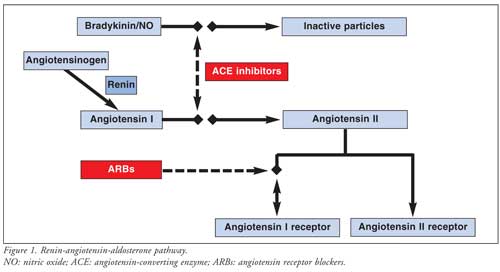
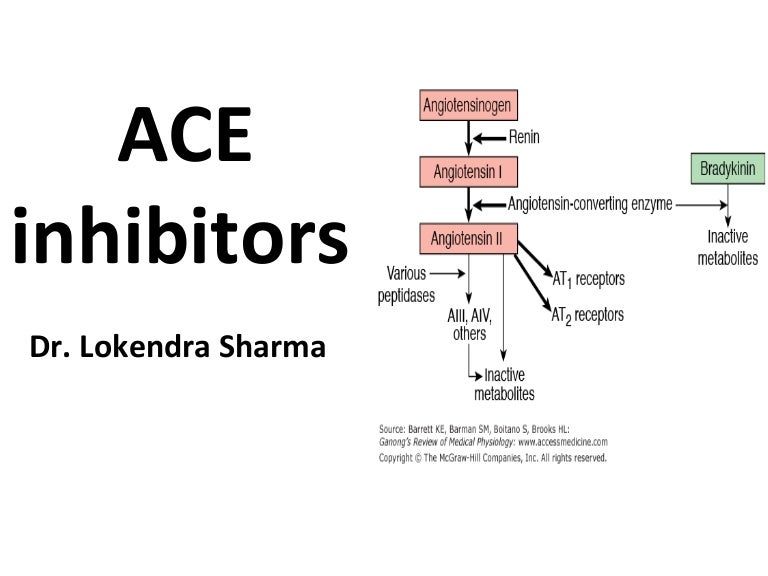

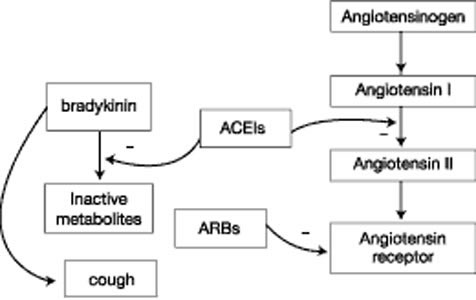

/lisinopril-causes-cough-1124151_Final_V2-755cb0776b65439e8d3d8cb65e35f027.gif)

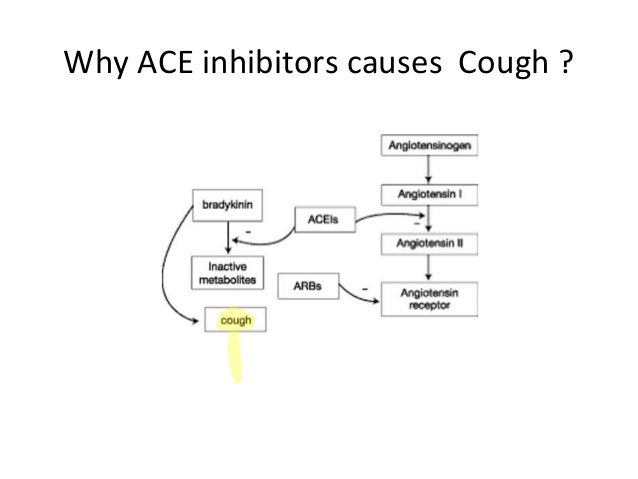

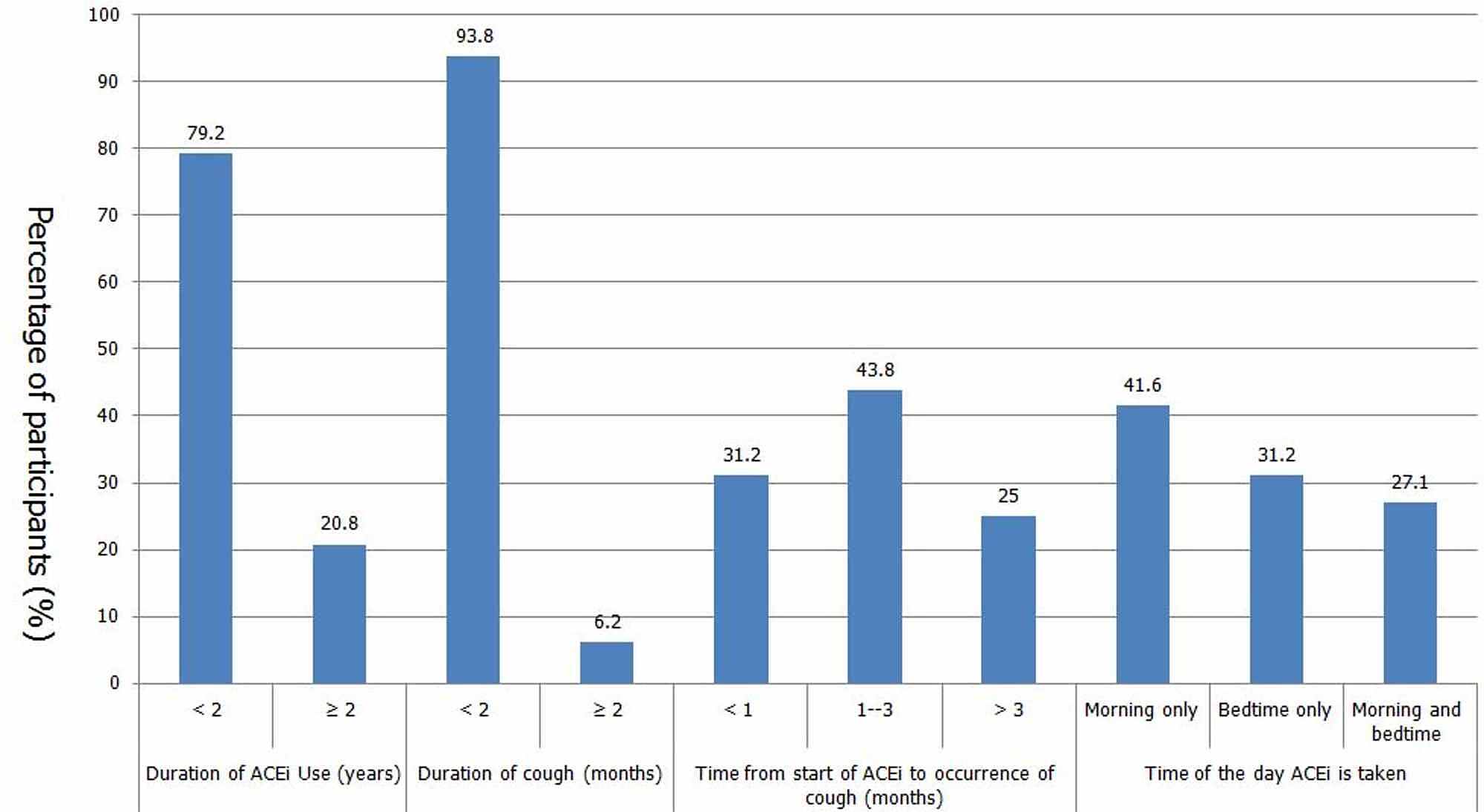










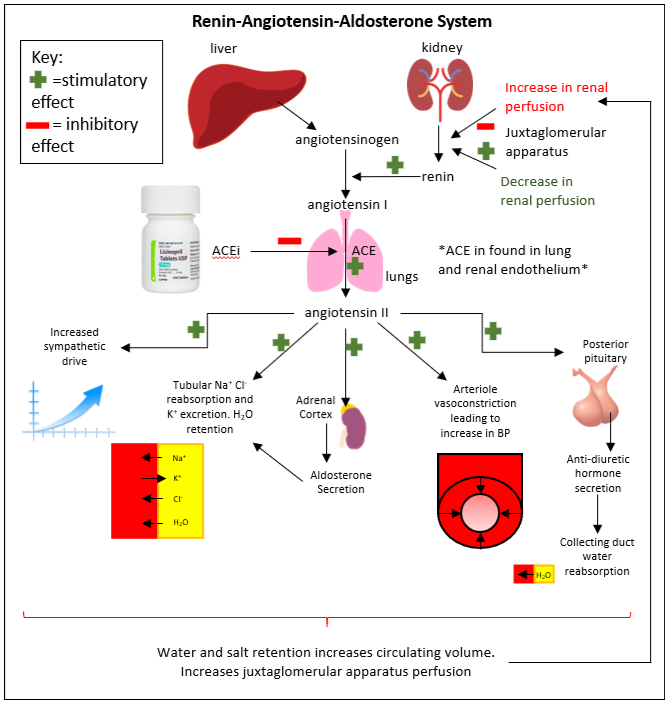









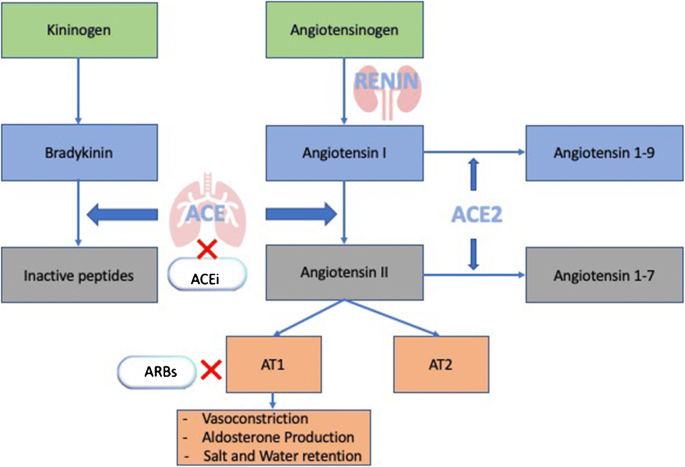



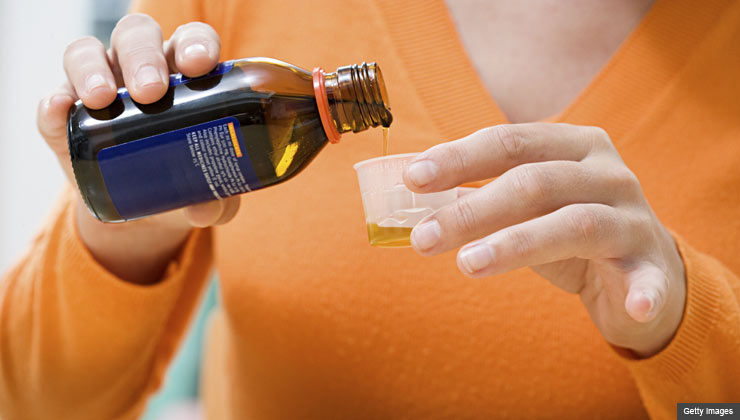
Post a Comment for "Ace Inhibitor Induced Cough Treatment"